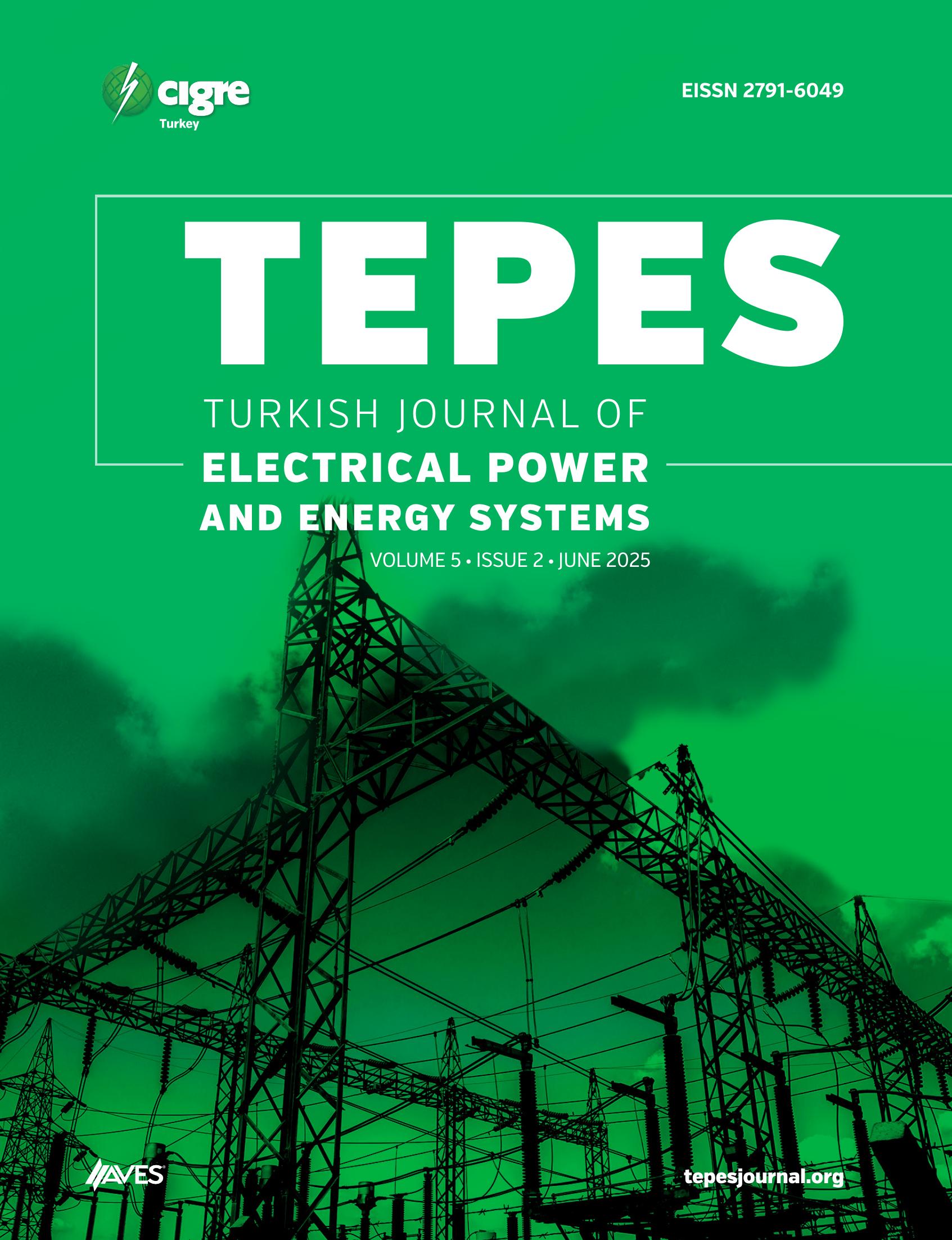Wind energy forecasting studies play an important role in the search for sustainable energy solutions. However, wind power generation faces an inherent challenge. It is subject to constant fluctuations caused by meteorological conditions. These fluctuations can lead to inconsistencies in voltage and frequency within power grids, resulting in energy instability. To meet this challenge and ensure a reliable energy supply, measures must be taken to reduce the potential instability caused by changing wind conditions. This includes the development of advanced modeling techniques that take into account time-dependent and non-linear changes in wind speed. This type of modeling is crucial for minimizing energy losses and maintaining grid stability. As a result, the urgent need to meet the increasing energy demand while minimizing the environmental impact has triggered the transition to renewable energy sources. In this study, real short-term wind speed data from Osmaniye region were taken as research object. These data were analyzed in detail and the wind speed was estimated by considering the meteorological conditions. Artificial Neural Network was used in the prediction method, and the artificial intelligence algorithm was hybridized with the Dragonfly Algorithm and the coefficients of the artificial intelligence algorithm were trained with the Dragonfly Algorithm. It was used to compare the performance indexes of the prediction models designed with mean percent error, mean absolute percentage error, root mean square error. The performance analysis of Artificial Neural Network, Adaptive Neuro-Fuzzy Inference System, Fuzzy and Dragonfly-Based Artificial Neural Network are 2,2512,2,0698,1,7458 and 1,5212, respectively, based on mean absolute percentage error. Root mean square error values are 9,4857,8,2945,7,3285 and 6,4711. Finally, mean absolute errors are 8,2310, 7,5269, 6,2385 and 5,9486, respectively.
Cite this article as: M. Güldürek, “Short-term wind speed prediction using a hybrid artificial intelligence approach based on dragonfly algorithm: A case study of the Mediterranean climate,” Turk J Electr Power Energy Syst., 2024; 4(2), 84-95.








